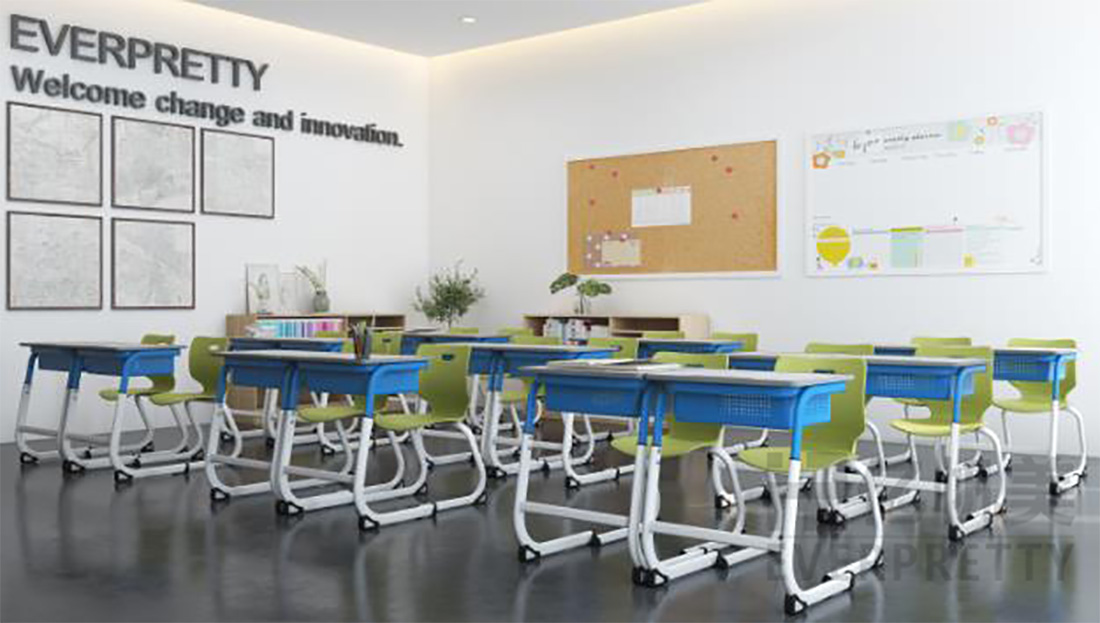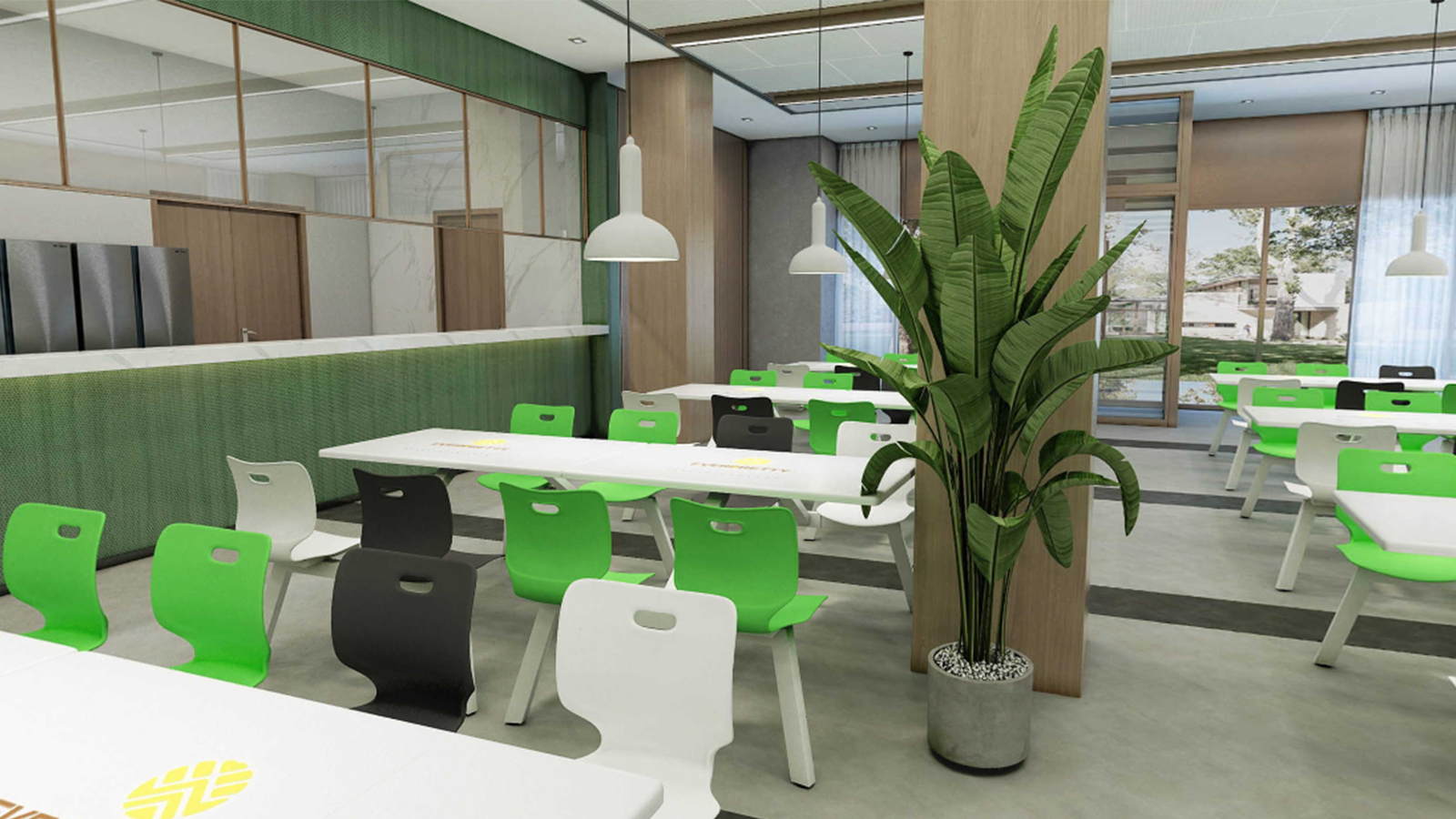1. Consider the age group of students
The size, height, and design of the furniture should match the age group of students. Ensure that the furniture is comfortable and safe for them.
2. Look for durability
School furniture is subject to a lot of wear and tear. Choose materials that can withstand the rigours of daily use and last for a long time.
3. Comfort should be priority
Students will be sitting and studying for extended periods of time. Choose desks and chairs that are ergonomically designed and provide ample support.
4. Assess the school’s requirements
Assess the requirement of the school in terms of the type of furniture needed. This can be determined by the specific activities and academic programs of the school.
5. Safety features
Children’s safety should always be the top priority. Ensure that the furniture has no sharp edges, is stable, and has anti-tipping features.
6. Check the spacing
The furniture spacing should be designed to provide ample space for movement but create a cohesive learning environment.
7. Budget planning
School furniture is a significant investment. Plan out a budget to ensure that you can make the right choice without overspending.
8. Research and compare
Before finalizing the decision, research and compare different options in the market. Check the reviews of different manufacturers or suppliers.
9. Opt for customization
If you want to create a unique learning environment or have specific requirements, consider furniture customization for a bespoke solution.




Leave A Comment